Any lover of retro arcade games will remember their first – the one that got them hooked. For me this is Phoenix from Centuri, a game I first came across in the early 80’s.
I was 11, on holiday in Spain with my parents, and in the bar of the hotel were two arcade games. The first was Pacman, which was all the rage, but after a couple of tries I just didn’t get it. The other was Phoenix, resplendent in a cabinet with huge alien graphic on the side. With the attract mode running, you could see all of the 5 different waves of gameplay, including the huge boss level at the end, and I knew I just had to get to that 5th level.
25 pesetas later (this being before European currency integration and the European) and I was committed, this was how I was going to spend the rest of my holiday.
Phoenix Arcade Gameplay
A classic vertical shooter, the first 2 waves are reminiscent of Galaxians, with alien ships in formation at the top of the screen, and then swooping down to dive bomb your vessel, shooting all the way. The first screen allowed you one laser blast at a time, and care had to be taken to take out the aliens accurately. The second allowed multiple bullets, and you could wipe out most of the aliens in the first few seconds. The last aliens would try and ambush you by lurking next to your ship where you couldn’t shoot them, but a well timed force field activation could dispatch them.
Waves 3 and 4 were identical, with large alien eggs slowly hatching into winged Phoenix, whilst swooping across and down the screen. Placing your ship on the left hand side meant that you could shoot them as they slowed down to change direction, and avoid the first bombs from the birds. Miss the body and the wings are destroyed, hit the body and get a bonus. Wait too long and the birds dive at you.
Beating the Centuri Phoenix Boss Level
Battle your way past the 2 waves of blue and purple phoenix, and you have made it to the boss level, siren sound effect announcing arrival of the huge mothership. Aliens from the first levels defend the massive saucer with rotating forcefield, which must be blasted through to get to the Octopus-like boss. You need to shoot at the middle of the ship, whilst avoiding bombs from both the boss and the diving alien defenders, surviving long enough to break through the shield and destroy the ship in a huge slow motion explosion.
The first time I managed to beat the boss was a pivotal moment, the first time I felt I had mastered a game – I was the guy everyone was watching to get tips before they tried to play themself. Over the course of two weeks I improved my technique, learned the attack patterns, found the helpful glitches, and developed flourishes in my gameplay. By the end of the holiday I could complete 3 rounds of 5 waves on one credit, only let down by the sometimes iffy collision detection.
Phoenix Home Conversions
Phoenix was ported to a number of home platforms, but the most popular was for the Atari 2600, a faithful if not graphically identical conversion. A similar game entitled Demon Attack was also released for the Atari 2600, featuring swooping bird-like aliens.
Phoenix was Not the first arcade game, or the most innovative, or even that popular with other retro gamers, but as my first it will always bring back fantastic memories of the early 80’s arcade scene.
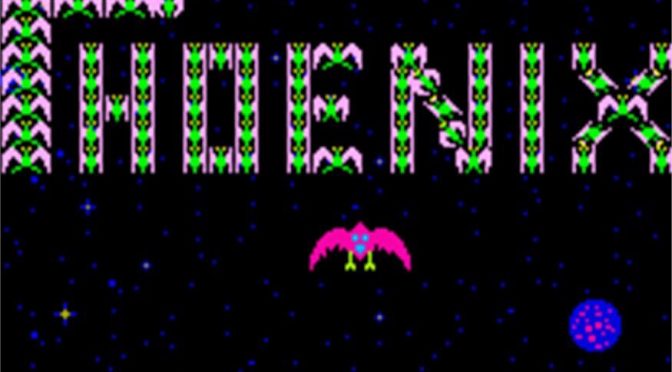
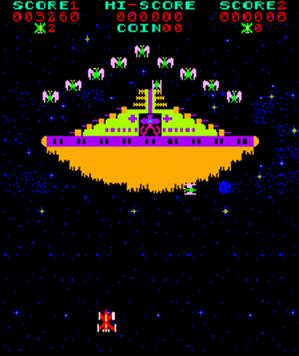
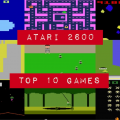
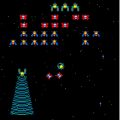
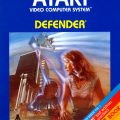
Hi, Phoenix was my first love, before I gave my heart to r-type.
Take a look at my work in progress version of Phoenix for the BBC micro at retro software.co.uk